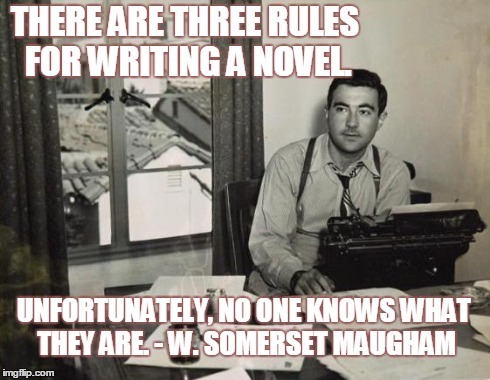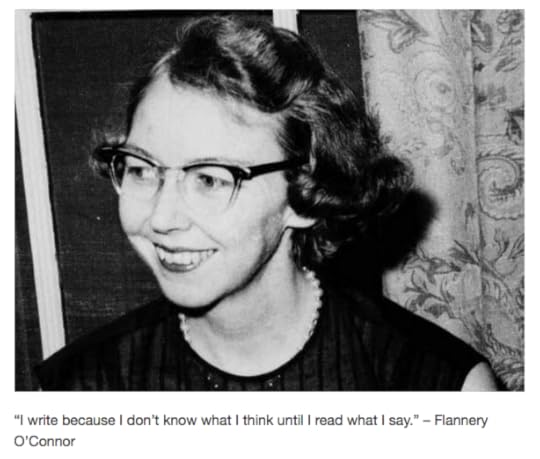Finish Your First Draft: 7 Ways to Overcome Writer’s Block
As I’ve discussed in earlier posts, I’ve learned a lot in my journey as a writer. One of the hardest was overcoming writer’s block and finishing that first draft.
What is the main, and might I argue, sole contributor of writer’s block?
Fear.
I believe that fear is the number one reason writers don’t finish their first drafts. Or share them if they do finish them. I left my first two finished drafts in the drawer for two years… I was worried about my mother reading racy sex scenes in my books, whether anyone would love my story and my characters the way I do, if I would be able to market the books, would a publisher or agent be even remotely interested, and then, of course, what did what I wrote say about me?—on and on, until I stopped writing for a while. Dwelling on concerns like these makes them cripplingly relevant, when they really shouldn’t be. A writer should only be concerned with actually writing.
I am here to tell you that everything will be okay. Writing is fun, or should be, and that’s why we do it. If we can stick to that, I truly believe that the outcomes we seek will follow… although I’ll check back in with you all on that after my book, Circle of Dreams, is actually launched in April!
There is no right or wrong way to overcome our fear, just as there is no right or wrong way to write.

It is with W. Somerset Maugham‘s maxim in mind that I offer the following gems that have helped me overcome small, and not so small, moments of writer’s block:
“There are three rules for writing a novel. Unfortunately, no one knows what they are.”
1. Perfection breeds contempt.
Have you ever written a scene so many times that you began to hate the characters? The dialogue? Or even the whole story?
This is because constantly listening to that little nagging voice in your head that tells you your work isn’t good enough causes what I’d like to call “literary claustrophobia.” It’s where perfection digs you a hole that you get stuck in, and then buries you alive in it. “Turn off your internal editor,” Evan Schaeffer of Legal Underground writes.
How do you turn off the internal editor?
You force yourself to finish.
2. Force yourself to finish.
Your nagging internal editor can keep on nagging, but it can’t actually stop you from doing what you need to do. You reduce this white noise by busying your fingers with typing, listening to the sound of the typing, and allowing words from the story to drown out the noise of that whiny voice of doubt.
The most effective way to do this is by writing your draft as quickly as you can.
In a great article called “10 Rules for Writing First Drafts” Demian Farnworth of Copyblogger.com writes, “Forgive me, for I am here to destroy your insecurities. Your excuses. The lie that suggests your first draft must be perfect.” He explains that first drafts “scare people into a state of inactivity,” even the greats like Kurt Vonnegut who once said, “When I write, I feel like an armless, legless man with a crayon in his mouth.”
Demien suggests three things:
Barricade the door. It must be just you, the ink, and the paper.
Allow your imagination to go to weird places. Nothing is off limits. You can clean up your mess later.
Keep your bottom in your chair until you are done. (For interesting advice on how to speed-write your first draft, read Alan Watt’s The 90 Day Novel .)
Demian’s three suggestions come down to two major concepts: discipline and maintaining a sense of self.
Jane, you may ask, what do you mean by “maintaining a sense of self”?

 Jane Morrissey
Jane Morrissey

